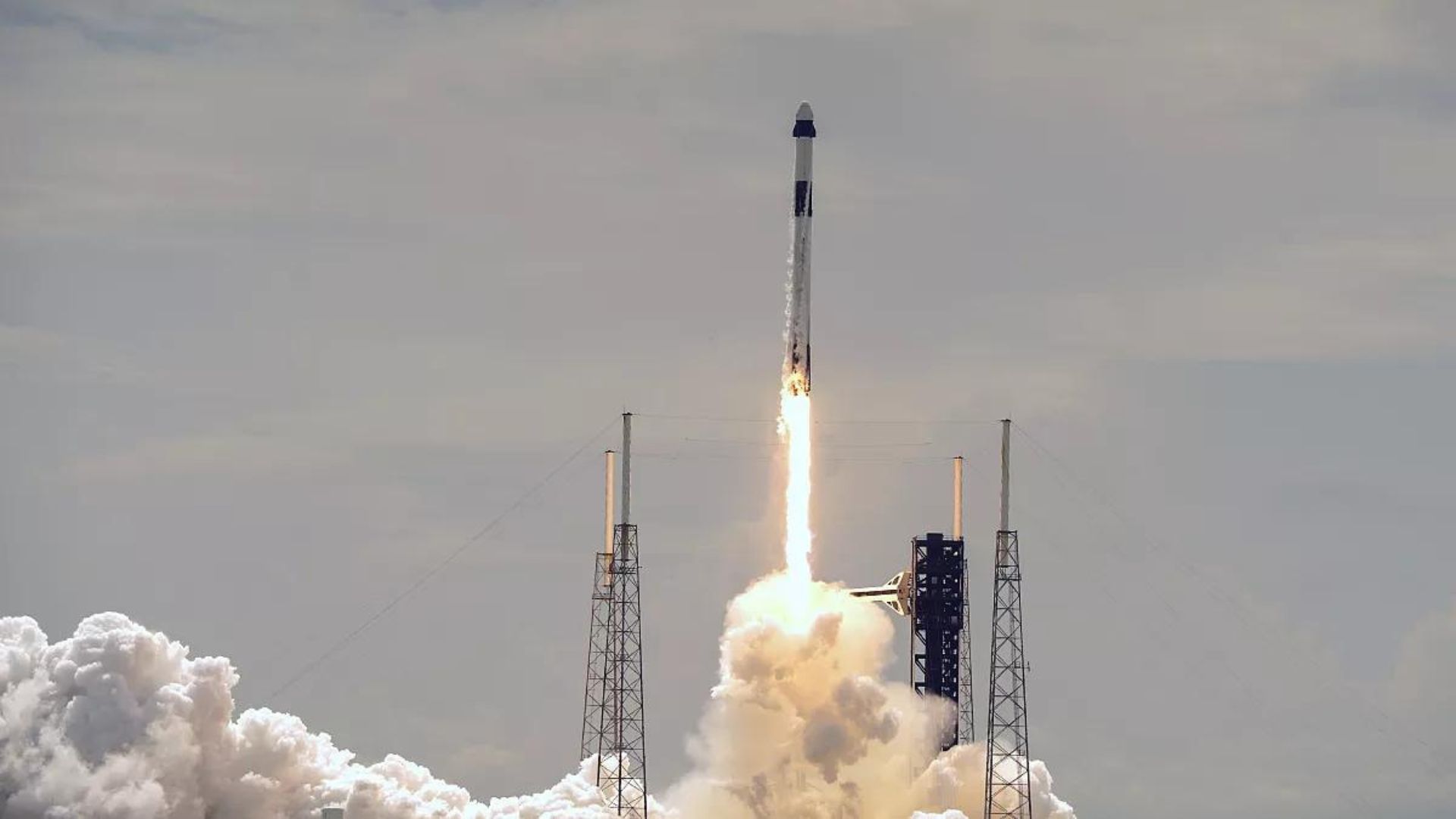
SpaceX launches rescue mission to retrieve 2 astronauts stranded on ISS
SpaceX successfully launched a rescue mission on Saturday to bring back two astronauts stranded at the International Space Station (ISS), sending up a smaller crew to retrieve them. The astronauts will return to Earth early next year.
Test pilots Butch Wilmore and Suni Williams were left behind at the International Space Station (ISS) after their Boeing spacecraft returned empty earlier this month owing to safety concerns. The SpaceX capsule was despatched to retrieve them.
The mission to recover Wilmore and Williams fell to Russian cosmonaut Alexander Gorbunov and NASA astronaut Nick Hague. The crew is projected to return in late February 2025, after a multi-month rescue mission.
Every six months, ISS astronauts are rotated by NASA. Therefore, in order to avoid interfering with other planned missions, Hague and Gorbunov's SpaceX flight, which has two vacant seats designated for Wilmore and Williams, cannot return early.

By the time Wilmore and Williams return to Earth, they will have spent over eight months in space, far longer than their original one-week mission plan with Boeing's Starliner, which launched in June.
NASA deemed Boeing’s Starliner too risky after experiencing thruster issues and helium leaks during its flight to the ISS. Consequently, NASA reduced the SpaceX launch crew to make room for Wilmore and Williams on the return journey.
Wilmore and Williams witnessed the launch via a live link from the ISS, with Williams enthusiastically cheering "Go Dragon!" according to NASA deputy program manager Dina Contella.
Since then, Williams has advanced to the position of ISS commander. After Hague and Gorbunov arrive, the space station, which is presently occupied by a smaller crew, will shortly revert to its regular configuration of seven astronauts.
The four astronauts who have been on the ISS since March will be able to return to Earth aboard their SpaceX capsule on Sunday thanks to the arrival of Hague and Gorbunov. Starliner problems caused the capsule's return to be delayed by one month.
Hague remarked before the launch that change is a constant in human spaceflight, saying, "There's always something that is changing. Maybe this time it's been a little more visible to the public."
Hague was assigned the role of commander for the rescue mission because of his experience, including surviving a Russian rocket failure six years ago, where his capsule safely catapulted off after the rocket malfunctioned.
NASA astronaut Zena Cardman and veteran space flier Stephanie Wilson were initially part of this mission but were pulled after NASA chose SpaceX to bring back the stranded astronauts. Both astronauts watched the launch from NASA’s Kennedy Space Center.
Cardman expressed her emotional connection to the mission, saying, "Every crewed launch that I have ever watched has really brought me a lot of emotion. This one today was especially unique. It was hard not to watch that rocket lift off without thinking, 'That's my rocket and that's my crew.'"
Moments before the SpaceX liftoff, Hague gave a tribute to his two colleagues left on the ISS, saying, "Unbreakable. We did it together." Once in orbit, he described the journey as a "sweet ride" and thanked everyone involved in making the mission possible.
Hague acknowledged the complexities of launching with a half crew and bringing back astronauts trained on a different spacecraft, saying, "We've got a dynamic challenge ahead of us. We know each other, and we're professionals, and we step up and do what's asked of us."
SpaceX has long been a leader in NASA’s commercial crew program, which was created after the retirement of the space shuttle program more than a decade ago. SpaceX first delivered astronauts to the ISS in 2020 and has now completed 10 crew flights for NASA.
Boeing has faced various challenges with its Starliner spacecraft, including a repeat test flight after the first veered off course. Although Starliner safely returned to Earth on September 6 and has since been sent back to Kennedy Space Center, the spacecraft’s issues have impacted its role in crewed missions.
The latest SpaceX launch, delayed by Hurricane Helene, marked the first crewed liftoff from Launch Complex 40 at Cape Canaveral Space Force Station. This milestone gave SpaceX more flexibility, as it had previously only flown crews from Kennedy Space Center’s Apollo and shuttle launch pad.

.jpg)










